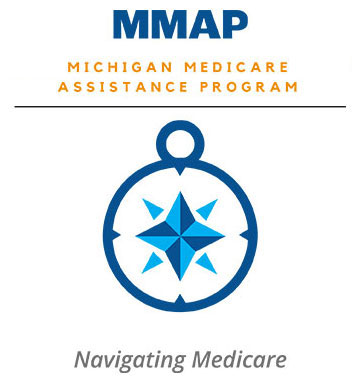Medicare is likely to be back on the federal policy agenda this year as Congress and President Trump pursue repealing and replacing the Affordable Care Act, and potentially consider options to reduce federal spending. When talking about Medicare, the nation’s federal health insurance program for 57 million people age 65 and over and younger people with disabilities, some policymakers often express concern that the program will soon be “bankrupt” and that rising spending is unsustainable.
A new issue brief from the Kaiser Family Foundation looks at 10 essential facts about Medicare’s financial outlook that can help provide context for ongoing policy debates about Medicare’s future. Medicare’s financial status has improved since the enactment of the Affordable Care Act in 2010, though the program faces long-term financial pressures associated with higher health care costs and an aging population. Key highlights from the new brief include:
• Medicare is not “going broke” even though it does face long-term financial challenges.
• The ACA helped to reduce Medicare spending growth and a full repeal of the law would increase Medicare spending by more than $800 billion over 10 years.
• Net Medicare spending was $588 billion in 2016, about 15 percent of the federal budget, and is expected to rise to nearly 18 percent of the budget in a decade.
• Spending on Part D prescription drug coverage is expected to grow faster than spending on any other Medicare-covered benefits over the next decade.

Get help with your Medicare Plan now. Call 1-800-803-7174 or click >>